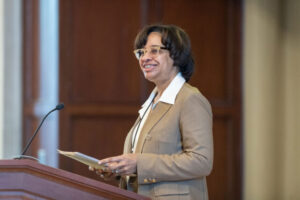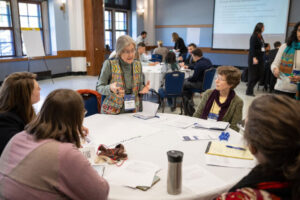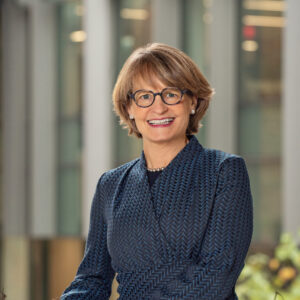
In academia, summer is about performing the rituals of relaxation, reflection, and resolution that, for most others, define the end of the year.
This feels appropriate, since summer is often a time of transition for our colleagues on campus, and we bid farewell to old friends and welcome newcomers all at once. My longtime colleague Dr. Lori Pierce concluded her 19-year tenure as vice provost for academic and faculty affairs this summer to focus on her work as a renowned radiation oncologist. Her departure makes it clear that we can never replace anyone; we can only build on what they have accomplished and meet the challenges of the next era. Fortunately, I believe Chris Friese, our new vice provost for academic and faculty affairs, is ready to do just that. He is an accomplished and extraordinarily active scholar, a nationally-recognized expert on nursing, and passionate about improving the experience of faculty at the University of Michigan. I hope you have the opportunity to learn about him in this month’s Vice Provost Q+A.
Even in the relatively relaxed atmosphere of campus in July, it is no secret that tensions are running high across our society right now. One of the most common sentiments I hear from faculty, staff, and students is the hope that our campus culture could be an exception to the climate of polarization pervading the nation. I believe we have the will and the tools to make it so. A culture is built from ten thousand small acts every day; when we, as individuals, choose empathy over indifference, when we make genuine efforts to understand our colleagues and even those radically different from ourselves, we are building the culture I believe we all, deep down, want to experience.
We are fortunate to have many efforts across campus in place to do that as we enter the Year of Democracy and Global and Civic Engagement. In this newsletter, you can learn more about U-M’s efforts to get students to the polls from Jenna Bednar, faculty director of the UMICH Votes program. Professor Bednar is an expert on resilient democracies, and is deeply engaged in related work on campus.
There is much work being done in the name of dialogue, democracy, and constructive disagreement, and faculty and staff have many opportunities to engage. Spots are still open for the Program for Intergroup Relations’ Intergroup Dialogue Basics Seminar; as the fall semester begins, you may want to visit Hey, We Need to Talk at the Art Museum, an exhibition exploring flourishing through art and conversation, from Philippa Pham Hughes, Visiting Artist for Arts & Civic Engagement; and faculty won’t want to miss the Promoting Democracy Teaching Series, sponsored by the Edward Ginsberg Center and CRLT.
From all of us in the Office of the Provost, we hope you are finding time this summer for what relaxes or reinvigorates you. We would like to feature pictures of the various adventures faculty and staff experienced over the summer in our fall newsletter. If you would like to send pictures of your intriguing discovery, unique locale, or passion project, please do so here – we would love to learn more about how our community spends their summers.
Warm regards,
Laurie


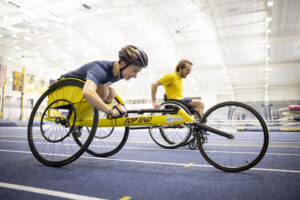
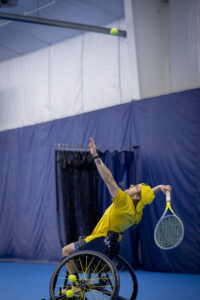
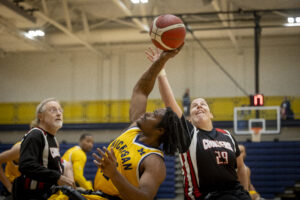
 Christopher R. Friese, the Elizabeth Tone Hosmer Professor of Nursing and Professor of Health Management and Policy, began his 5-year term as Vice Provost for Academic and Faculty Affairs on June 1, 2024. In partnership with Vice Provost Sara Blair, he is responsible for overseeing core faculty-centered processes, including the promotion and tenure process, as well as the Provost Office’s funding programs in support of recruiting, hiring, retaining, and promoting faculty. Friese will have oversight of the seven health science schools and the Life Sciences Institute, as well as the Ross School of Business, the Marsal School of Education, the College of Engineering, the School for Environment and Sustainability, the Law School, and the Ford School of Public Policy.
Christopher R. Friese, the Elizabeth Tone Hosmer Professor of Nursing and Professor of Health Management and Policy, began his 5-year term as Vice Provost for Academic and Faculty Affairs on June 1, 2024. In partnership with Vice Provost Sara Blair, he is responsible for overseeing core faculty-centered processes, including the promotion and tenure process, as well as the Provost Office’s funding programs in support of recruiting, hiring, retaining, and promoting faculty. Friese will have oversight of the seven health science schools and the Life Sciences Institute, as well as the Ross School of Business, the Marsal School of Education, the College of Engineering, the School for Environment and Sustainability, the Law School, and the Ford School of Public Policy.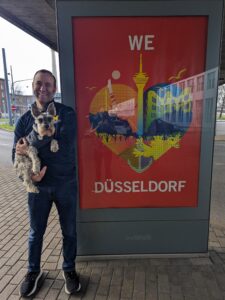
 Ford School professor and political scientist Jenna Bednar recently joined the Office of the Provost as the faculty director of
Ford School professor and political scientist Jenna Bednar recently joined the Office of the Provost as the faculty director of 